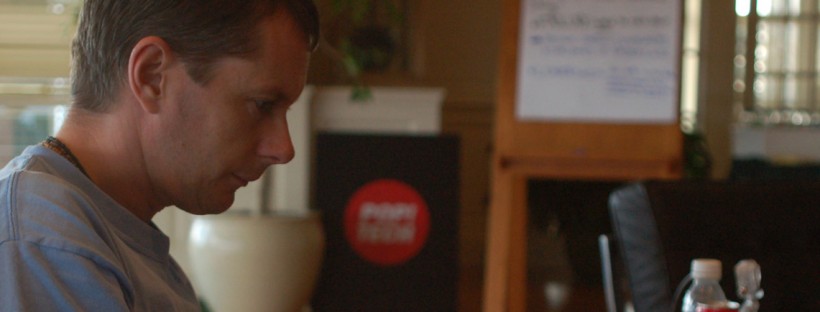In The Rise of the Reluctant Innovator and my more recent book, Social Entrepreneurship and Innovation, I dedicate more than a few pages to emerging best practice in technology-for-development projects. While we certainly need as many bright minds as possible turning their skills, energy and attention to solving many of the problems in the world, their efforts should be respectful to the communities they seek to help, and properly guided in order for those efforts to have the greatest possible impact and chance of success.
But if you step back for a moment, it defies logic that someone should try to solve a problem they’ve never seen, or don’t fully understand, from tens of thousands of miles away. It’s hard to argue that they have the knowledge or qualifications – even the right – to attempt such an audacious feat. Yet that’s precisely what’s happening in many universities across much of the developed world multiple times each academic year. Students are being ‘skilled up’ in design thinking and global development issues, pointed to a few exciting new and emerging technologies, and told to fix something. Their primary purpose is to pass a course in most cases, which almost makes it worse.

Speaking at schools, colleges and universities around the world has been a big part of my work over recent years, and I always make a point of sharing emerging best practice when I do. My inbox is always open to students wanting to share their ideas, or talk about how they might contribute to making the world a better place. A highlight was almost certainly a discussion in front of several hundred students with Archbishop Desmond Tutu a few years ago. I’m happy to connect, guide and mentor anyone with a good idea and even better intentions, and have even gone to the effort of editing two books to help share the stories of others who have gone about innovating in impactful and respectful ways.
At a time when we know we need to be building capacity among local innovators to start solving their own problems, it’s tough to see so many outsiders continuing to take charge – students and tech-focused international development organisations among them. The developing world becomes a sand pit where people take and play out their ideas. It rarely turns out well for a whole number of reasons.
To help students think through what they’re doing before they reach out for help, I’ve added a Students page to the kiwanja website. I hope it helps them think a little more about what they’re doing, and why. There they can download a PDF of a checklist – made up of the same questions in my Donors Charter – to help them think through what they’re doing and, more importantly why it’s them doing it. I also hope teachers and lecturers make use of it, too. After all, in many cases it’s them encouraging and supporting these students with their project ideas.
You can check out the new Student page here. And feel free to print, share, re-post and distribute the checklist PDF anywhere you think it might be helpful.
Let’s start to put this right, one classroom at a time.



